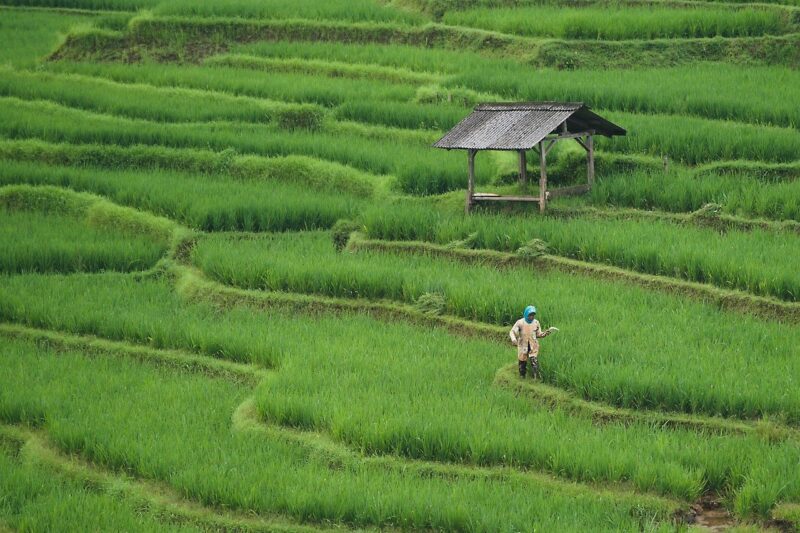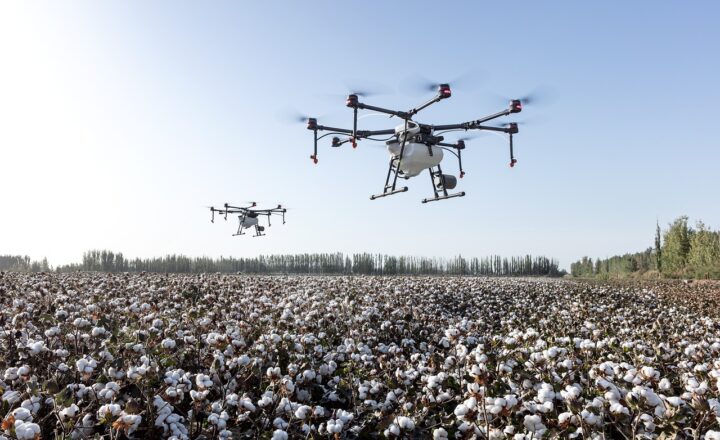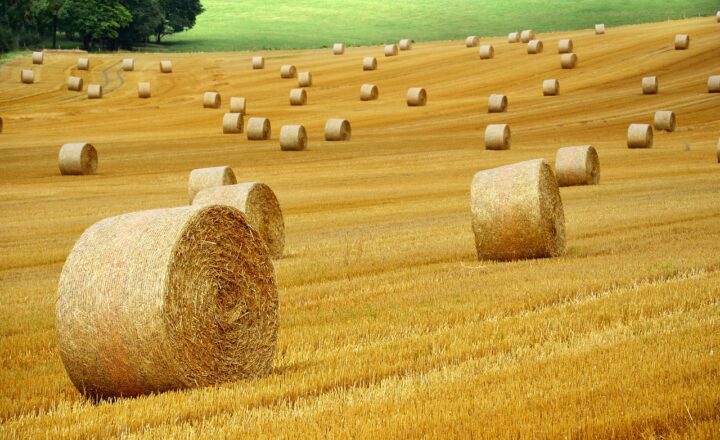The Future of AI in Agriculture: How Tech Is Transforming Farming
November 12, 2024

Agriculture has been a cornerstone of human civilization for thousands of years. However, in recent decades, it has faced numerous challenges, from climate change and resource depletion to a growing global population demanding more food. As we venture deeper into the 21st century, one of the most promising solutions lies in the integration of artificial intelligence (AI) into farming practices. In this article, we will explore how AI is transforming agriculture, enhancing productivity, sustainability, and profitability.
1. The Rise of AI in Agriculture
The agricultural sector has traditionally been slow to adopt technology compared to other industries. However, recent years have seen a rapid increase in the implementation of AI technologies in farming. This shift is driven by the need for improved efficiency and the desire to create sustainable agricultural practices that can withstand the pressures of modern challenges.
AI encompasses a variety of technologies, including machine learning, computer vision, and robotics, all of which can significantly enhance agricultural operations.
2. Precision Agriculture: A Game Changer
Precision agriculture involves using advanced technologies to monitor and manage field variability in crops. AI plays a crucial role in precision farming by:
- Yield prediction: AI algorithms analyze data from satellite imagery, soil samples, and weather patterns to predict crop yield for specific field areas, allowing farmers to make informed decisions about planting and harvesting times.
- Resource optimization: AI systems provide insights into the optimal use of water, fertilizers, and pesticides, minimizing waste and improving crop health while reducing costs.
- Soil health monitoring: AI-powered sensors can assess soil health in real-time, enabling farmers to take immediate action to rectify deficiencies or issues before they impact crop growth.
By leveraging these technologies, farmers can increase crop yields while using fewer resources, making farming more economical and sustainable.
3. AI Robots in Fields: The Rise of Autonomy
The application of AI in robotics has led to the development of autonomous machines that can perform various agricultural tasks. Here are a few examples of how AI-equipped robots are transforming farming:
- Automated Harvesting: Harvesting crops can be labor-intensive and time-consuming. AI robots equipped with computer vision can detect ripeness and autonomously harvest fruits and vegetables, increasing efficiency and reducing labor costs.
- Planting and Weeding: Robots can be programmed to plant seeds with precision and carry out weeding tasks through image recognition technology, identifying unwanted plants and using minimal, targeted interventions to eliminate them.
- Monitoring Crop Health: Drones equipped with AI technology can survey large fields in a short time, identifying areas of disease or poor health through thermal and multispectral imaging, allowing for timely intervention and management.
These advancements not only save time and labor costs but also help increase the efficiency and accuracy of farming operations.
4. Data-Driven Decisions: The Power of AI Analytics
Modern farming generates an immense amount of data. AI analytics can process and interpret this data, allowing farmers to make informed decisions based on actionable insights. For instance:
- Weather Predictions: AI can analyze historical weather data and forecast future conditions, helping farmers plan their planting and harvesting schedules accordingly.
- Market Trends Analysis: AI algorithms can analyze market data to predict demand trends for certain crops, enabling farmers to diversify their planting based on predicted market conditions.
- Supply Chain Optimization: By using AI to track products through the supply chain, farmers can optimize logistics and inventory management, ensuring that products get to market more efficiently.
These data-driven insights allow for more strategic planning and risk management, ultimately leading to better profitability and sustainability for farms.
5. Sustainability and Environmental Impact
As the world grapples with the effects of climate change, sustainable agricultural practices have become increasingly important. AI enhances sustainability efforts in farming in several ways:
- Water Management: AI systems can monitor soil moisture levels to optimize irrigation schedules, reducing water wastage and ensuring that crops receive the right amount of water at the right time.
- Reducing Chemical Use: By accurately predicting pest populations and disease outbreaks, AI can help farmers reduce the application of pesticides and fertilizers, leading to healthier soils and ecosystems.
- Sustainable Crop Rotation: AI can analyze and suggest optimal crop rotations to preserve soil health and improve biodiversity, ultimately leading to more sustainable farming systems.
The integration of AI signifies a turning point not just in productivity but also in how farming contributes to environmental conservation and sustainability.
6. Challenges and Considerations
While the prospects of AI in agriculture are promising, it is essential to consider some challenges:
- Accessibility of Technology: Smaller farms may struggle with the costs of implementing advanced AI technologies, leading to disparities in who can benefit from these innovations.
- Data Privacy Concerns: The collection and analysis of data raise concerns about privacy and security, particularly regarding proprietary farming practices and consumer information.
- Training and Skills Gap: Farmers need training to effectively use AI tools, and a skills gap exists in rural areas where technology is rapidly evolving.
Addressing these challenges will be crucial for widespread adoption and equitable distribution of AI benefits in agriculture.
7. Conclusion: A Bright Future for Agriculture
The future of AI in agriculture holds immense potential for transforming our food systems. Farmers who embrace these technologies can expect enhanced productivity, sustainability, and profitability, all while addressing some of the pressing challenges facing the environment.
As we stand on the brink of this technological revolution, stakeholders across the agriculture sector must work together to ensure that the benefits of AI are accessible, ethical, and contribute to a sustainable future for farming worldwide. With the right collaboration and foresight, the integration of AI into agriculture can lead us toward a more resilient and productive food system for generations to come.








